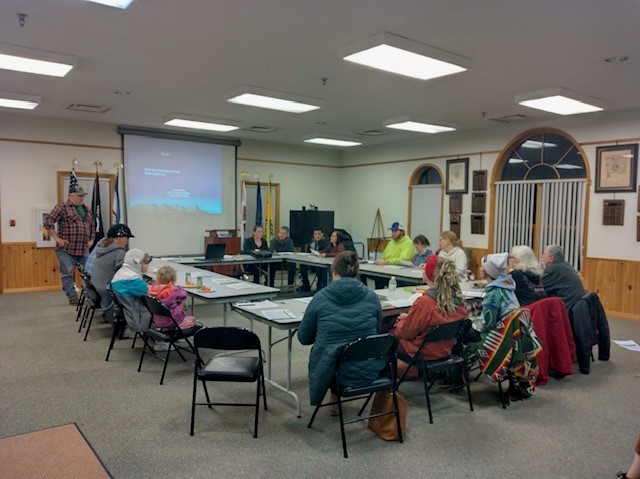Garden planning is an essential element for gardeners of all experience levels. It’s important to organize where you’re wanting to grow, what you’re wanting to grow and how you plan on growing. There’s much more to gardening than many beginning gardeners might realize. That is why our first Grow Appalachia workshop was indeed, Garden Planning.
Some topics that were discussed during the first Grow Appalachia workshop are as follows:
Where do you want to grow? It’s vital to consider the area of which you’re going to begin a garden. How much sunlight does it get each day? It’s important for your crops to receive 6-8 hours of sunshine throughout the day. Also, make sure that your growing space is close to a water source. Avoid water-logged areas and low-lying spaces that form into frost pockets.
A variety of nutrients are required to produce healthy crops. To identify if your soil has the needed nutrients, you must perform a soil test. The soil test will provide information on what your soil lacks and how to amend it. If additional organic matter is required, be sure to add before tilling/digging a new bed. During the workshop, there was a guest speaker from the WVU Extension Office. He discussed the importance of testing soil and the steps needed for a soil test to be completed. The participants were given instructions on how to correctly test their soil. They were also instructed to bring their soil samples to the next workshop, Garden Planting on February 27th. This way, all soil samples can be submitted at once and results will be easily organized by High Rocks.
How and what you want to grow are other essential parts of garden planning. Do you want to grow outdoors, indoors, on a raised bed, or flat bed? If choosing to grow outdoors, you must prepare your beds and decide what you’re going to grow. As mentioned previously, be sure to select an appropriate place to begin a garden. Add in necessary organic matter before tilling/digging. Clear the ground by removing weeds/sod. Digging when the soil is too dry is harder work, and if it’s too wet, the soil structure could be damaged. A trick to identify appropriately moist soil is to create a ball in your hand, drop the ball and watch that it falls apart. Loosening soil in new beds before planting or sowing helps the roots grow easily and access the water and nutrients that they need. Two methods to prepare planting beds is tilling with a mechanical device or digging by hand. The bed width should be no wider than 4ft to allow easy access to plants without stepping on the bed. To help keep moisture in and weeds from growing, cover the bed with mulch or row cover.
Lastly, participants were instructed to sketch out their garden plans. Where are you growing and what are you planning to grow? Having a sketch helps them to identify what they need and any changes that could be made. Each participant submitted their sketches to the High Rocks Local Foods Team.
There was an excellent turnout of participants to the first Grow Appalachia workshop. The group was receptive to the garden planning lesson. The High Rocks Local Foods team, with the help of a WVU Extension Office employee made all of this possible. The participants appeared eager to begin their gardens and learn more about the processes of gardening. We also look forward to this season and helping other growers, grow!




Leave A Comment